We suspect that the Mazda CX-90 is, for nearly all of our enthusiast-minded — not to mention highly intelligent and super good-looking — readers, the best three-row SUV on the market today. Think Mazda handling. Now add an inline-six and rear-wheel-drive. The CX-90 is every bit as glorious as you imagine that combination to be. The two-row CX-70 was supposed to be all that and more so, because everyone assumed it was going to be shorter, lighter, and even more tossable. But as we saw at the CX-70’s static reveal, it’s essentially identical to the CX-90, just without the third row. They even cost the same. Nevertheless, there are the smallest of differences, and here’s why you might want to choose the CX-70 anyway.
The Boring Old Specs
Let’s get the requisite info out of the way. The CX-70 and CX-90 have the same sheetmetal, and beneath the skin they’re identical. Both ride on Mazda’s RWD Large Platform chassis. Both have three engine options:
- PHEV: 2.5-liter inline-four and 68kW electric motor plug-in hybrid making a combined 323 horsepower, 369 lb-ft of torque on premium fuel (319 hp on regular fuel)
- Turbo: 3.3-liter hybrid turbo inline-six making 280 horsepower, 332 lb-ft of torque
- Turbo S: 3.3-liter hybrid turbo inline-six making 340 horsepower, 369 lb-ft of torque @ 2,000-4,500 rpm on premium fuel (319 hp, 369 lb-ft @ 3,500 rpm on regular fuel)
Thou shall find no CVTs here. All have 8-speed automatic. Obviously, for enthusiasts the straight-six is the one to get. We’ve heard good things about the 280-horse variant from Mazda engineers, but Mazda has not made one available for testing. We’ve only had the chance to drive the 340-horse version, and it’s a firecracker.
Driving Impressions
It drives just as brilliantly as the CX-90 we tested last year. Acceleration can be described as just short of blistering, which is still bordering on irresponsible for a midsize SUV (it’s not even considered full-size in today’s skewed classifications). No one will ever feel like they’re struggling to merge or pass.
What’s far more impressive is how it handles, with a double-wishbone front suspension and multi-link rear. It blows the CX-9 that it replaces out of the water, and sticks to the road even better than the smaller and lighter CX-5. The steering is direct and precise — not as direct and precise as a Miata’s, but the fact that one can even make that comparison speaks volumes. The body rolls far less than the CX-9 or CX-5’s.
This is perhaps the best test of all for any car: when heading up (and back down) a long, winding, touge-style mountain road, do you feel nervous or excited? In a normal, boaty SUV the reaction is trepidation because you know it’s going to take a lot of work to maneuver the beast through the hairpins. Perhaps there’s a bit of frustration too, that you’re not in a more fun car. With the CX-70, any worries evaporate, replaced by the same eagerness you’d feel if you were behind the wheel of a sports car.
The fact that Mazda has made an SUV of this size and weight drive like it does feels like a violation of the laws of physics. Both the CX-70 and CX-90 measure 200.8 inches long, 84.9 inches wide. Both have 122.8-inch wheelbases. The CX-70 Turbo and Turbo S weigh 4,709 and 4,863 pounds, respectively. The CX-90 Turbo and Turbo S weigh 4,709 and 4,899 pounds, respectively.
Mazda CX-70 and CX-90 Differences
In short, the two cars have the exact same dimensions. Only the CX-70 Turbo S saves about 36 pounds of mass. Other than the number of seats, that’s difference number one.
The second difference, which may matter to JNC readers who are towing project or race cars, is the CX-70’s trailer hitch view. A useful feature for lining up the tow hitch with trailer tongue, it displays on the center screen a top-down view of the hitch from a camera on the liftgate. This feature is found on the CX-70 Turbo Premium Plus and higher trims, but is not available on the CX-90 in any trim yet.
Both the CX-70 and CX-90 have a towing mode that tightens up the center diff to dampen the yaw and thus help stabilize the steering when pulling a trailer. The standard towing capacity is 3,500 pounds, but CX-70 Turbo Premium trims and up have a towing package that includes a larger transmission cooler, upping capacity to 5,000 pounds.
As a side note, in Asia and Europe the similar CX-80’s towing capacity is 2,500 kg (5,512 pounds) and a Mazda spokesperson confirmed that the equipment is exactly the same, so it seems Mazda is sandbagging the figure in the US knowing that some owners will ignore the limit. Of course, we were just stoked to see that the trailer used in Mazda’s tow demo was the 1967 Cosmo Sport from Mazda North America’s heritage basement.
The third difference is cosmetic. With the CX-70, Mazda was aiming for a sportier look, so it has a revised front fascia with better looking “intakes” flanking the sides. There’s also more blacked out trim in areas where the CX-90 would flash chrome. Finally, there are three colors available on the CX-70 that aren’t offered on the CX-90: Polymetal Gray, Melted Copper, and Zircon Sand.
Finally, beneath the cargo floor the CX-70 has some additional storage compartments where the CX-90’s seats fold into. And that’s it for the differences.
So, Why?
That’s the million dollar question. Why would Mazda come out with two cars with two different model names, when the main difference is the number of rows? Most companies simply offer the third row as an option without changing the model name, like with the BMW X5. At most, they might add a suffix to the name, like the Lexus RX350 and RX350L.
The answer we got from a Mazda spokesperson is that Mazda found in their research that having a CX-90 with two different seating configurations was confusing to the customer. As a small company, they’re trying to cover as many bases as they can without spending a lot of money developing different models. The CX-90 is meant to appeal to large families, while the CX-70 is meant to appeal to buyers with a more active lifestyle. And for those customers, Mazda can brag about the CX-70’s cavernous cargo hold.
You might think companies listen to customers, but by customers, they often mean dealers, who are really the ones buying the cars. And dealers want things they can easily explain to customers as they shovel these things out the showroom doors. They’re also competing against every other brand’s dealerships, whose cars are getting ever larger. It’s not a satisfying answer, but few questions have them these days.
Ultimately, we’d probably choose the CX-70 because we’re more likely to use the Trailer View Mode than a third row. Also, we think the revised nose looks better, and 36 pounds is 36 pounds. It’s disappointing that we can’t get a lighter car on Mazda’s brilliant FR platform, but the CX-70 is already a better curve tackler than many sedans and a more fun driver’s car than a massive SUV has any right to be. On top of that, the interior is as nice as any luxury branded SUV that costs $10,000 more. It could use a diet but it still has Mazda DNA, and that’s a pretty good deal for enthusiasts these days.


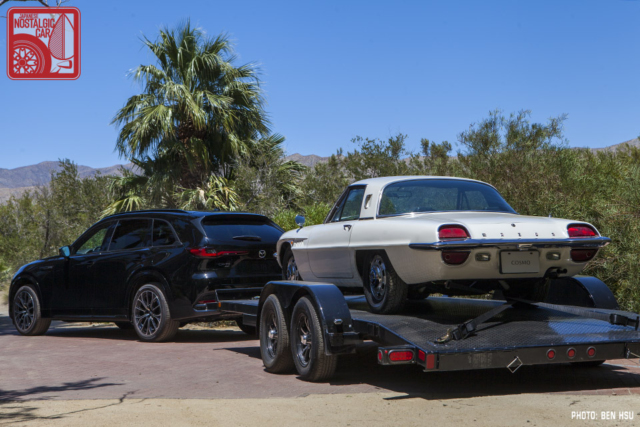

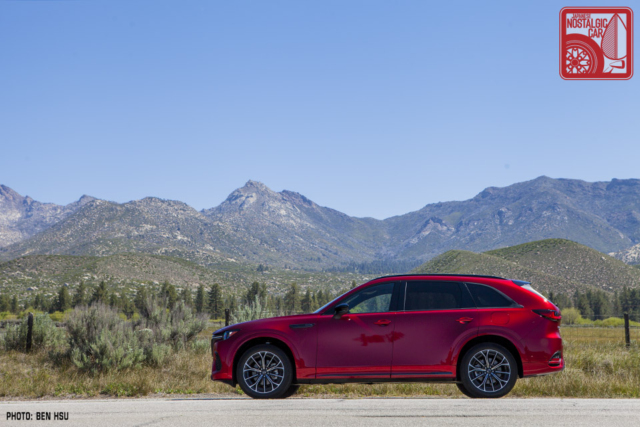


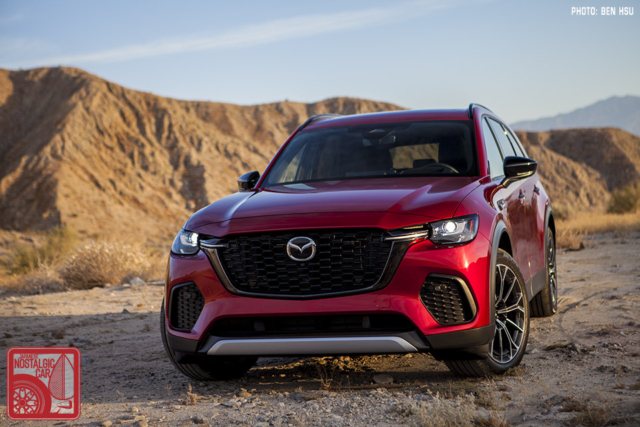
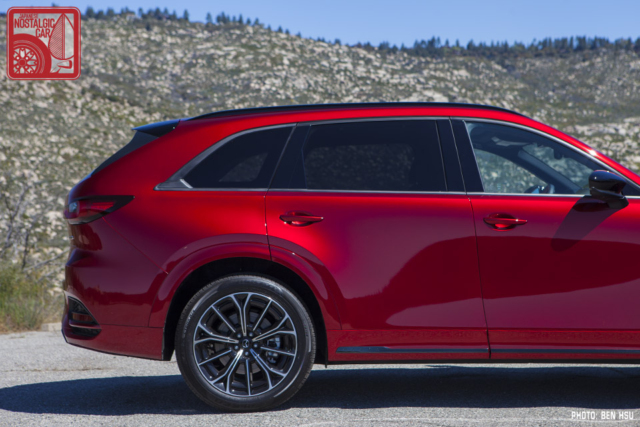



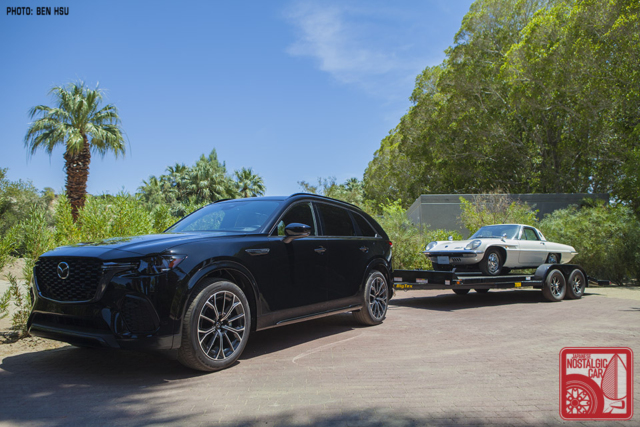
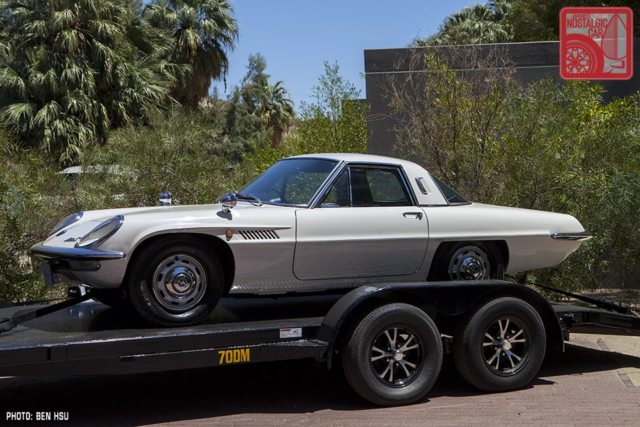




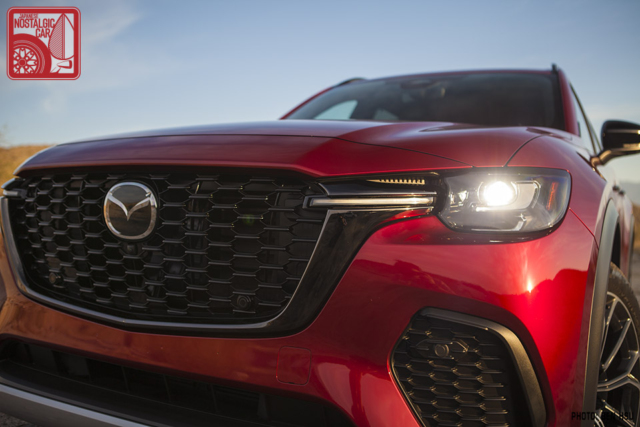
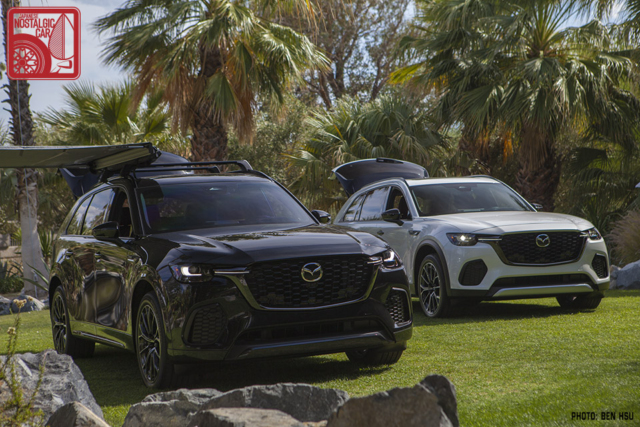







You’re just a big tease, Ben Hsu,
There I was thinking OOOH! – a story featuring the (early) Cosmo!
Nah, it woz just about those ugly SUV monoliths …. bah humbug!
(nice pics of the Cosmo though! envy, envy… envy)
Your photography is top notch, please keep making posts like this from times to times!
I wish Mazda could make a wagon version on this platform, same lenght, mostly the same vehicle, but lower and with less weight, it would be a glorious drive and still be able to tow.
Not a hatchback, a wagon I say! The added lenght is important!
I understand Sedans and Wagons are not hot on the market, but there has not been any hot sedan or wagon lately. Make one good enough and spacious enough to pique the interest of SUV drivers and Mazda could be the first on the next trend!
On an other subject, this weigh over two tons? In an era where gas is expensive and fuel economy is important to most buyers, are they chiseling their SUVs out of a block of forged depleted uranium?
Thanks for your kinds words. Love the wagon idea too!
I wonder if wagons weren’t held to a tighter epa standard than “crossovers” if they still would be dying. Does the average consumer just want to sit a little taller?
An inline 6 turbo (hybrid or not) rwd mazda wagon is the kind of things dreams are made of…
As for the weight I assume that it largely comes from the miles and miles of copper that most modern cars have as well as the battery for the hybrid system…
This approach reminds me of Infiniti and their J30, which was marketed as their “personal luxury sedan.” A bit smaller, but still with four doors and seating for five people. However, the marketing was meant to be more towards those who didn’t plan on vacuuming crumbs or cleaning spilled drinks.
I might also want to think that the SUV has inevitably become today’s soccer mom mobile.
Despite inline-6, excellent handling and good acceleration, along with nice interior, three rows of seating just literally and figuratively screams rowdy kids and spilled juice boxes galore. Two rows tones down that stereotype, perhaps.
I’m still waiting for that Mazda 9. Most of the technical homework is done, just shape a nice 4-door sedan and you’re done.
I want the sedan version so bad!
I like the idea of it being a Mazda 9, it would be a nod to the old 929 that kinda was that
You got the CX-70 and CX-90, we in Europe got the CX-60 and CX-80. Seems like these 4 are the same car, just with very little differences. But with a huge confusion, name-wise.
Why? Because the CX-70 doesn’t have stupid black plastic cladding. Props to Mazda for being brave enough to paint the entire vehicle.
It used to be that unpainted or black plastic indicated you chose the cheaper version of the car. The CX-70 versus the CX-90 shows exactly why fully painted parts makes the car look so much nicer.
Kudos Mazda!
Now, about those mirrors….